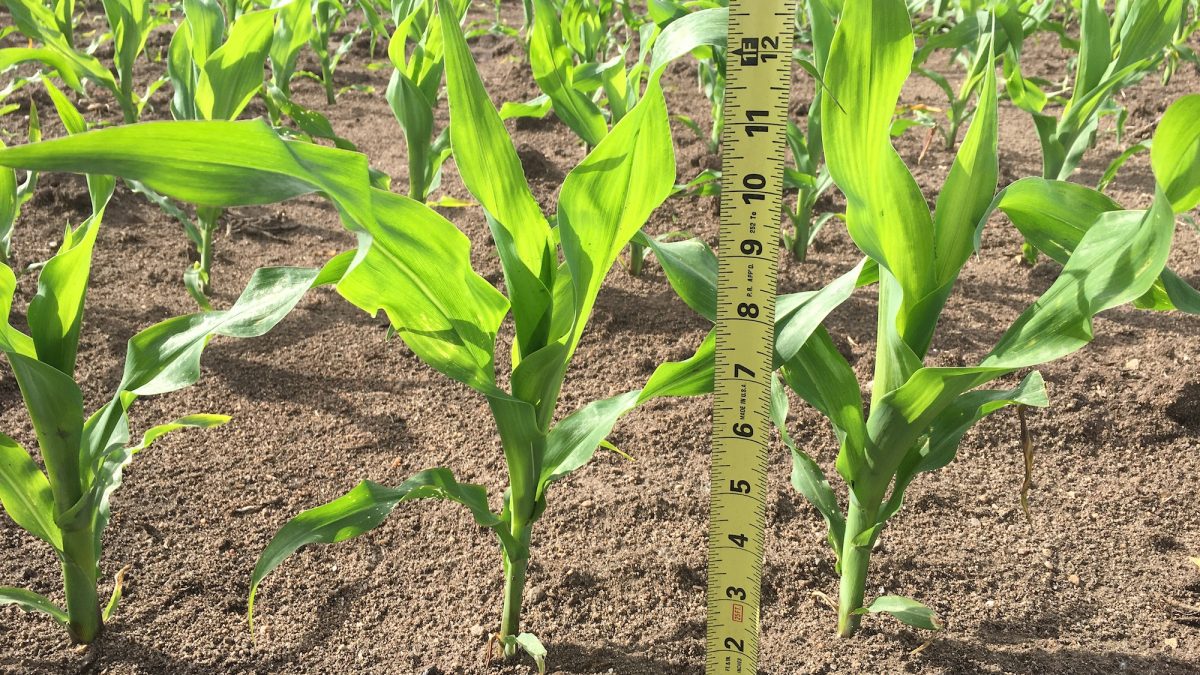Biologicals: Worth the Hype or Just a Gimmick?

Peterson Farms Seed’s research program is designed to test and compare the up-and-coming agricultural products on the market. This year, we are testing a new segment – biologicals.
I’ve heard some farmers refer to biologicals as “snake oil” or “fru-fru juice”. Utilizing in-field strip trials, our goal is to find out if these microbes are a sales gimmick or if they really could be the missing link to your highest return on investment.
This year we are working with five different biological products applied to corn and beans. Most of these products will be showcased at our PFS Field Day (September 1 at our Prosper location)!
Biological A
- For use on corn and soybeans
- Applied in-furrow during planting and foliar (V2 to V6)
- Claim: Composed of nitrogen-fixing bacteria that said to burrow into the cells of host plants to convert atmospheric nitrogen into a useable nitrogen form for plant consumption
Biological B
- For use on corn and soybeans
- Applied foliar (V4 to R3)
- Claim: Improved nutrient efficiency, photosynthesis and stress tolerance by activating soil microbes to boost plant intake of nitrogen and phosphorus
Biological C
- For use on grain and silage corn
- Applied as a seed treatment or foliar (V2 to V4)
- Claim: Blend of microbes that aid in improved crop emergence, early-season vigor, enhanced root development and improved heat tolerance
Biological D
- For use on soybeans
- Applied as a seed treatment, in-furrow, or foliar (V2 to V4)
- Claim: Naturally derived microorganisms aid in the overall health and productivity of soybeans, as well as increase yield potential. We expect to see increased branching, pods, and nodes, efficacy after a hail event and plant stress mitigation.
Biological E
- For use on corn
- Applied in-furrow
- Claim: Nitrogen-fixing product using a different form of bacteria to create a symbiotic relationship with a corn plant and its environment. These microbes are expected to feed nitrogen through the corn plant throughout the growing season in hopes to maximize yield potential.
I’ll be back later in the season with updates and results – stay tuned! And, as always, feel free to call or email me with any questions or suggestions for new research!











